|
The architectural design of banking institutions prior to World War II depended heavily on classical motifs. Temple-fronted banks of stone and brick evoke a sense of timelessness and sturdiness: characteristics aptly suited for the institutions entrusted with the life savings of their customers. However, beginning perhaps with the Philadelphia Saving Fund Society headquarters designed by George Howe and William Lescaze (1926-1932), banking institutions began to deviate from these classical forms and some even fully embraced the Modern. Changes to all aspects of banking, from the increasing use of automobiles to changes in banking regulations, “helped transform an institution that represented tradition in all facets to one that embodied a new American vision: the modern, progressive bank building as a powerful image-making and passive advertising tool.”1 This modernization expressed itself no better than in the form of the drive-through teller and the car-centric bank branch. When the Trust Company of Georgia began planning for a new bank branch in the early 1960s, expression of modern ideals in bank architecture was reaching its peak. The selected site for the new branch building was a perfect expression of the needs of the modern banking customer: easily accessible, and highly visible, to commuters on the busy Northeast Expressway. For the design of the new building, the Trust Company hired Abreu and Robeson, with Henri Jova as lead architect. “Because of the site,” explains David Reinhart, “it was hard to figure out which way to orient the building. [Jova] decided a round building would be a solution. A round building would relate itself to the entire intersection of the Interstate and Monroe Drive.”2
An array of three drive-through teller stations, round, of course, with overhanging round roofs, cascade west from the main building. To the east, prominent curved signage is mounted from towering trident prongs. In 2000, SunTrust Bank, the result of the Trust Company’s merger with SunBanks of Florida, sold the property. The bank was purchased by Inman Park Properties but sat vacant, so the Atlanta Preservation Center declared the building endangered in 2003. The bank building was soon adapted for restaurant use, opening in 2005 as Piebar, a retro-modern pizza restaurant. In 2006, the building was chosen by the American Institute of Architects as one of Atlanta’s best buildings of the previous century: one of five buildings representing 1956-1965. In 2007, the Atlanta Urban Design Commission recognized Piebar with an award for adaptive use. Piebar closed in 2008 and was replaced by Eros, a tapas lounge. Inman Park Properties lost the building in foreclosure in 2009, prompting the Atlanta Preservation Center to again declare the building endangered. Subsequent years have seen the tenant change again from Eros to Ixtlan Ultra Lounge and now Cirque, a daiquiri lounge. The building sits within the Atlanta BeltLine’s zoning overlay district and was identified in early surveys as a significant building. In 2011, the BeltLine master plan recommended that the building be designated a local landmark. 5 A proposal to demolish the building was presented to the BeltLine Design Review Committee in July 2016. Broward Development would like to replace the historic bank building with a 5-story self-storage facility. The property is located at 2160 Monroe Drive in Atlanta. Docomomo US/GA is currently exploring options to save the building.
3 Comments
8/18/2016 03:03:31 pm
Very interesting article. As a college student in Atlanta in the 70's, I also remember the multi-story round (Portman -like) C&S Bank building downtown on about 14th street and Peachtree and another round bank building that is now gone (except for the vault) in East Atlanta on Hwy 42. Regards, Bob Harman
Reply
Julie Wolfe
10/13/2016 02:32:09 pm
Can someone with your group dorp me a note? We're very interested in connecting with you on a story about this building: [email protected]
Reply
4/4/2023 05:01:43 am
We have worked with Phil for over ten years designing flats, houses and domestic extensions/alterations etc.. He has dealt with all our planning including reserved matters, NHBC, Building Regulations, Highways, etc., liaising with planning officers and producing detailed drawings which are practical for trades to use. All work has been carried out quickly and fairly priced and good advice has always been given to alleviate time wasting and to get the best results. If you need more information please click on architectural design in swindon.
Reply
Leave a Reply. |
Docomomo_US Georgia ChapterMoving Modern Forward Archives
September 2017
Categories |

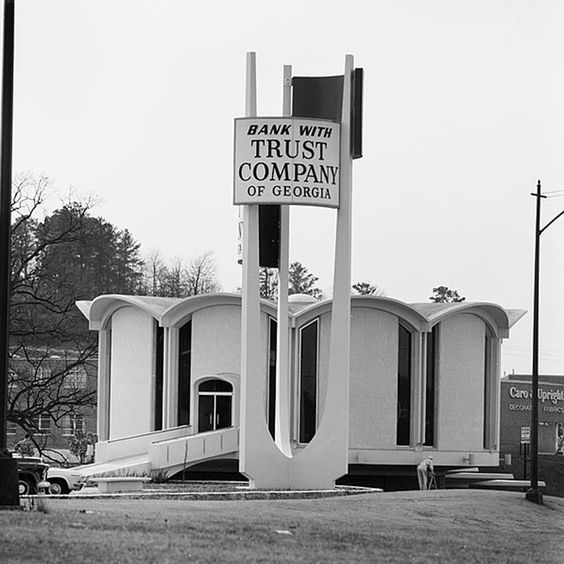
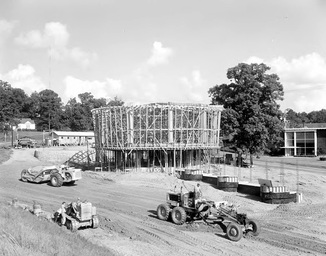
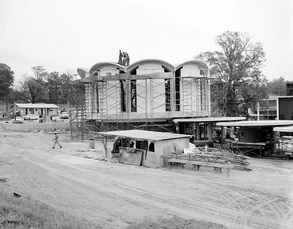
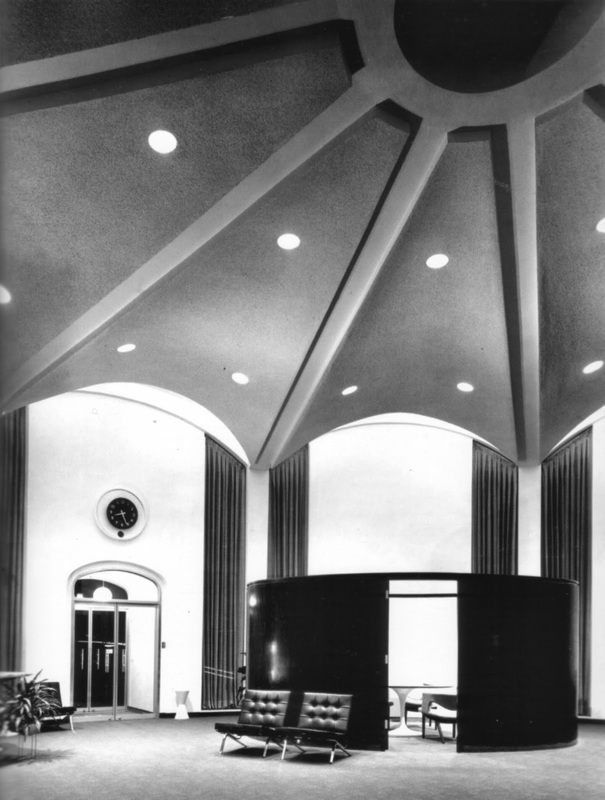

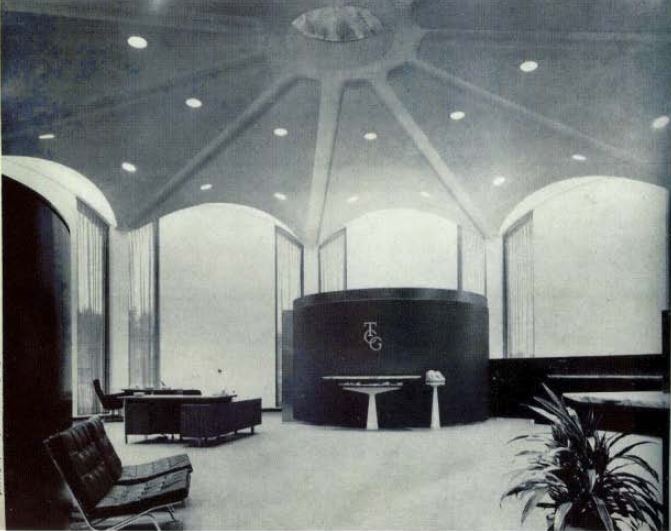
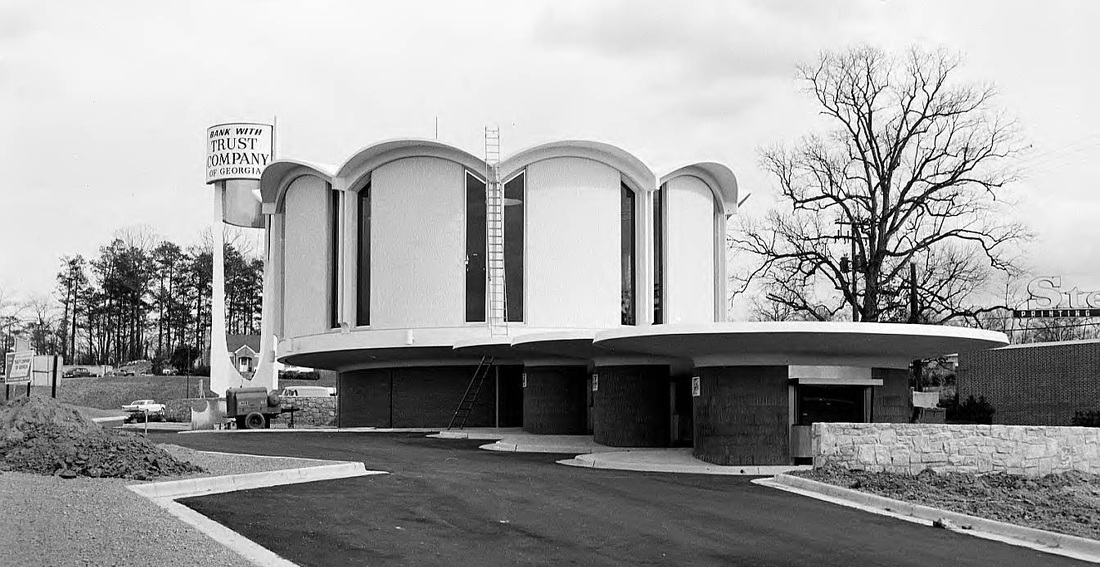
 RSS Feed
RSS Feed
